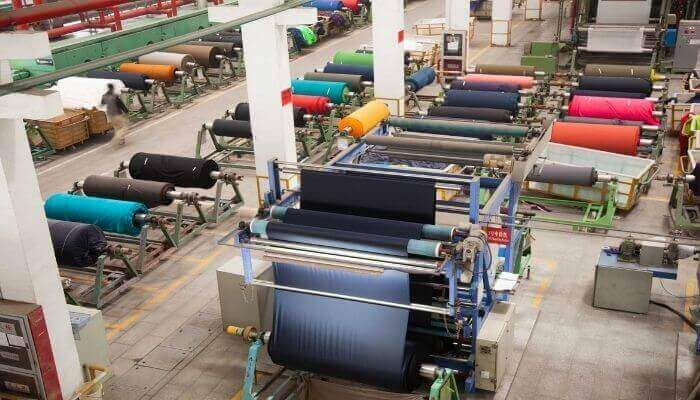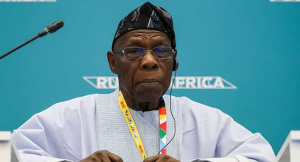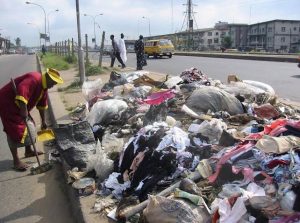
New data reveals Nigeria’s once-thriving textile industry has continued its dramatic decline, with local production capacity shrinking while imports surge. According to National Bureau of Statistics figures, the sector’s contribution to GDP has fallen 8.1% since 2020, now accounting for just 1.63% of the economy.
The industry has seen catastrophic reductions in operational capacity:
- Number of textile mills dropped from 180 to just 20
- Workforce collapsed from 650,000 employees to under 20,000
- Domestic market share overtaken by imports that grew 298%
While export values show a 514% increase to ₦36.98 billion in 2024, analysts attribute this entirely to naira depreciation rather than production growth. Meanwhile, official textile imports reached ₦726.18 billion – with actual figures likely much higher due to rampant smuggling.
Industry leaders blame the crisis on:
1) Uncontrolled smuggling of foreign textiles
2) Counterfeiting of Nigerian designs
3) Infrastructure failures including power shortages
4) Inconsistent government policies
“Over 90% of textiles in Nigerian markets are now smuggled or imported,” said Godonu Peters of the National Union of Textile Workers. “We’ve become a dumping ground while local factories close.”
Despite repeated government revival plans, implementation has failed. Stakeholders are now demanding immediate action including strict enforcement of local procurement policies, an industry summit, and anti-smuggling measures to save one of Nigeria’s most important manufacturing sectors from complete collapse.








